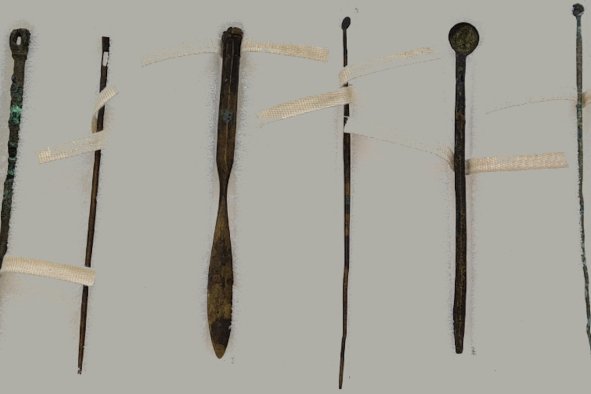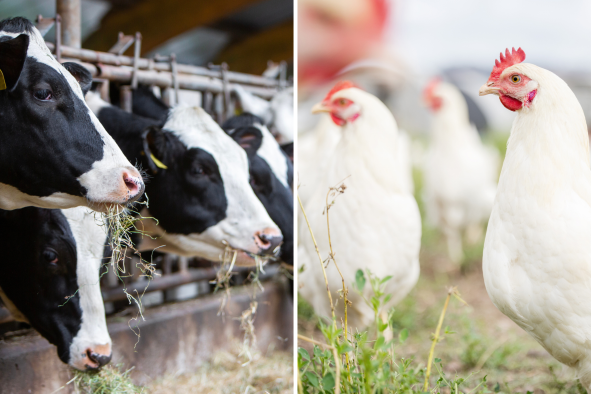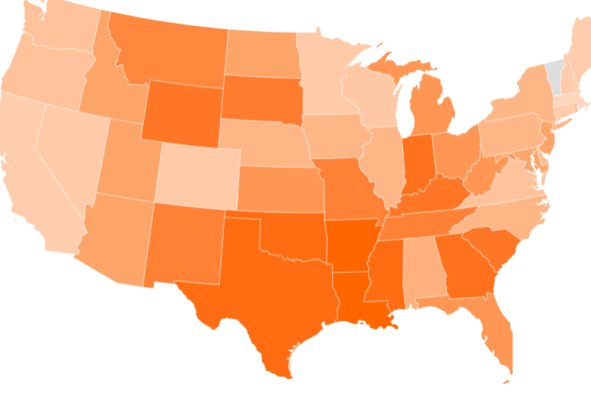A large Roman venue that hosted horse-drawn chariot races in antiquity has been discovered in northern Spain.
The outline of the venue, known as a circus, was identified during aerial investigations at the site of Iruña-Veleia, an ancient Roman city now located in the Álava province of the Basque Autonomous Community.
The circus measures approximately 920 feet long by 235 feet wide, and its dimensions and form clearly reveal its identity despite the fact that it has not yet been excavated, Spanish heritage startup Arkikus announced in a press release. Preliminary estimates indicate that the venue could have accommodated around 5,000 spectators.
In a project supported by the Provincial Council of Álava and the Basque regional government, Arkikus documented the Roman circus during a systematic review of the surface of the site, covering an area of 251 hectares. This project involved an examination of historical and modern aerial photography, the collection of images obtained by drones, and the mapping of the area using LiDAR technology.
LiDAR is a remote sensing method that involves the use of laser pulses fired at the ground to generate 3D models of a given landscape. This method can map the topography of the land while also revealing hidden man-made features that may not usually be visible.
The Roman circus would be the third known from the northern half of the Iberian Peninsula, which was known in Latin as Hispania. The two other examples in this region are found in the ancient settlements of Tarraco (capital of Roman Hispania's Citerior province, present-day Tarragona) and Calagurris (present-day Calahorra).
In addition to the circus, the investigations at Iruña-Veleia detected the presence of several other buildings and urban infrastructure beneath the surface of the site, which shed new light on the ancient city.
The project identified streets, public squares, residential neighborhoods, possible religious buildings, and infrastructure related to water supply or sanitation, among others.
According to Arkikus, these finds highlight the significance of Iruña-Veleia in antiquity as a stopping point for people traveling along the Roman road that connected what is now Astorga, Spain, and Bordeaux, France, as well as an important urban hub in the present-day Basque territory.
The Basque Autonomous Community is home to the Basque people, whose language, known locally as Euskara, is considered by linguists to be a language isolate—meaning it has no direct links to any other known language family.
In fact, Basque is thought to be the last surviving descendant of the "Paleo-European" languages. These predate the Indo-European languages brought to the continent by migrants from the Eurasian Steppe during the Bronze Age, which are now dominant in the region today.
Do you have a tip on a science story that Newsweek should be covering? Do you have a question about archaeology? Let us know via science@newsweek.com.
Disclaimer: The copyright of this article belongs to the original author. Reposting this article is solely for the purpose of information dissemination and does not constitute any investment advice. If there is any infringement, please contact us immediately. We will make corrections or deletions as necessary. Thank you.



